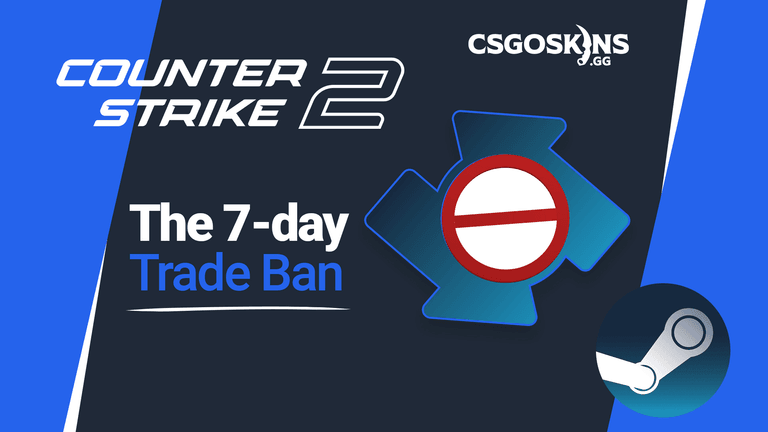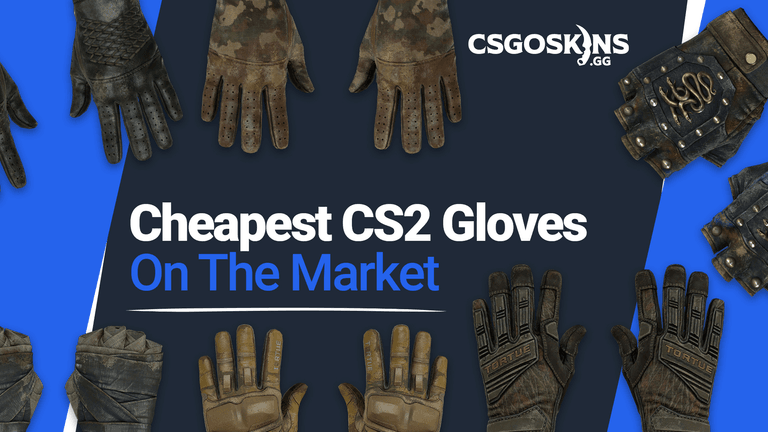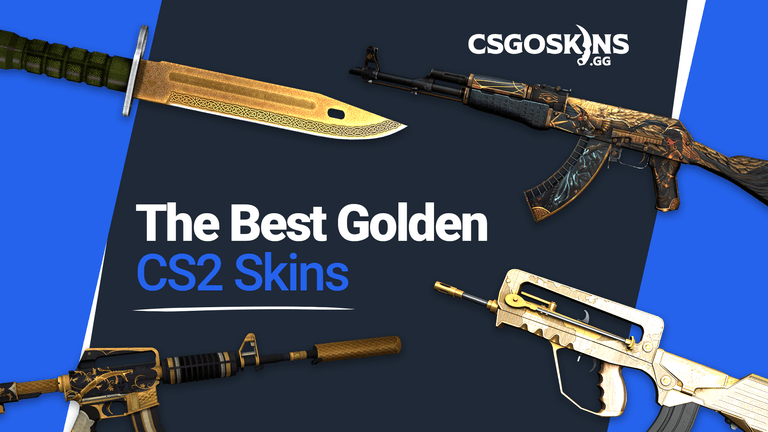The 7-Day Trade Lock And Its History


If you’ve played Valve’s competitive shooter Counter-Strike 2 for more than a few minutes, chances are that you’re already aware of the importance of skins in the game. For the unaware, these CS2 skins are in-game cosmetics that enhance the visual quality of your weapons. While these skins don’t give you a competitive edge against your opponents, they are still insanely popular among casual players and professionals alike.
Steam trading is, or at least used to be, one of the swiftest and most convenient ways of transferring CS skins between players across the community. However, with the increasing popularity of skin trading, the number of scams and frauds happening across the platform also spiked significantly over the years. To combat this issue, Valve decided to introduce the infamous 7-day trade lock on CS items through an update on 29th March 2018, and needless to say, the players of the title weren’t very happy about it.
What is the 7-Day Trade Lock?
Prior to the update, players were freely able to trade CS skins and other items between themselves without any form of trade hold. This freedom of trade also paved the way for several third-party skin trading platforms to act as a medium for CS skin transactions between players in exchange for a small fee.
The 7-day trade lock essentially imposed a week-long trade hold on all skins that are traded between players and rendered them unable to trade it again before the trade hold expired.
Why was the Trade Lock Introduced?
While fans of the title hold varying opinions regarding why Valve introduced the 7-day trade lock on all CS items, the official reason given by the developers was that the trade hold was added to curb the number of frauds and scams happening in the community.
Effects of the 7-Day Trade Lock
The introduction of the 7-day trade lock wreaked immediate havoc in the skin marketplace, with the prices of Counter-Strike items throughout the Steam market crashing down by a significant margin.
Third-party trading platforms and skin gambling websites were perhaps the worst sufferers of this update, as many of them relied on using trade bots to receive items from sellers and transfer them to buyers. The massive market crash combined with the 7-day trade hold resulted in these third-party websites shutting down left and right.
Individual skin traders were swift to find clever methods to circumvent the system, as many of them started using DOTA 2 items instead of Counter-Strike skins as liquid currency for trading. At the time of the update, DOTA 2 items didn’t have any trade restrictions whatsoever, which is why Dragonclaw Hooks and Arcanas quickly became an integral part of CS skin trading.
Eventually, DOTA 2 items had to face the same fate as a 7-day trade lock was imposed on those as well in May 2020.
While bigger skin trading websites like CSGOLounge and OPSkins still managed to remain afloat as the skin economy collapsed, the mechanics of trading didn’t remain the same. On June 6, 2018, OPSkins introduced Express Trade, a feature that swiftly managed to gain traction in the CS community as it enabled players to freely trade items in their OPSkins inventory without trade restrictions. However, it was rather short-lived as Valve immediately sent a legal notice to the website for using their intellectual property and eventually shut them down.
The Aftermath
The Counter-Strike skin economy took a while to return back to normal, but it bounced back, and it bounced back hard as most of the well-known CS skins overtook their former prices and reached unprecedented extents.
It wasn’t before long that CS skin gambling and trading websites resurfaced as well. Several websites took additional measures to prevent scams, like integrating the official Steam Web API into their platforms to enable P2P trading between players.
At the time of writing, there exists no way to bypass the 7-day hold that was implemented back in 2018 while trading CS skins, and even though trading scams still remain quite common in the community, the 7-day hold has certainly lessened the frequency of fraudulent transactions by a considerable margin. Traders are still advised to take the necessary precautions to prevent getting scammed, these precautions include setting up the Two-Factor Authentication, double-checking each trade offer manually, and keeping their Steam Web API secure among other things.


